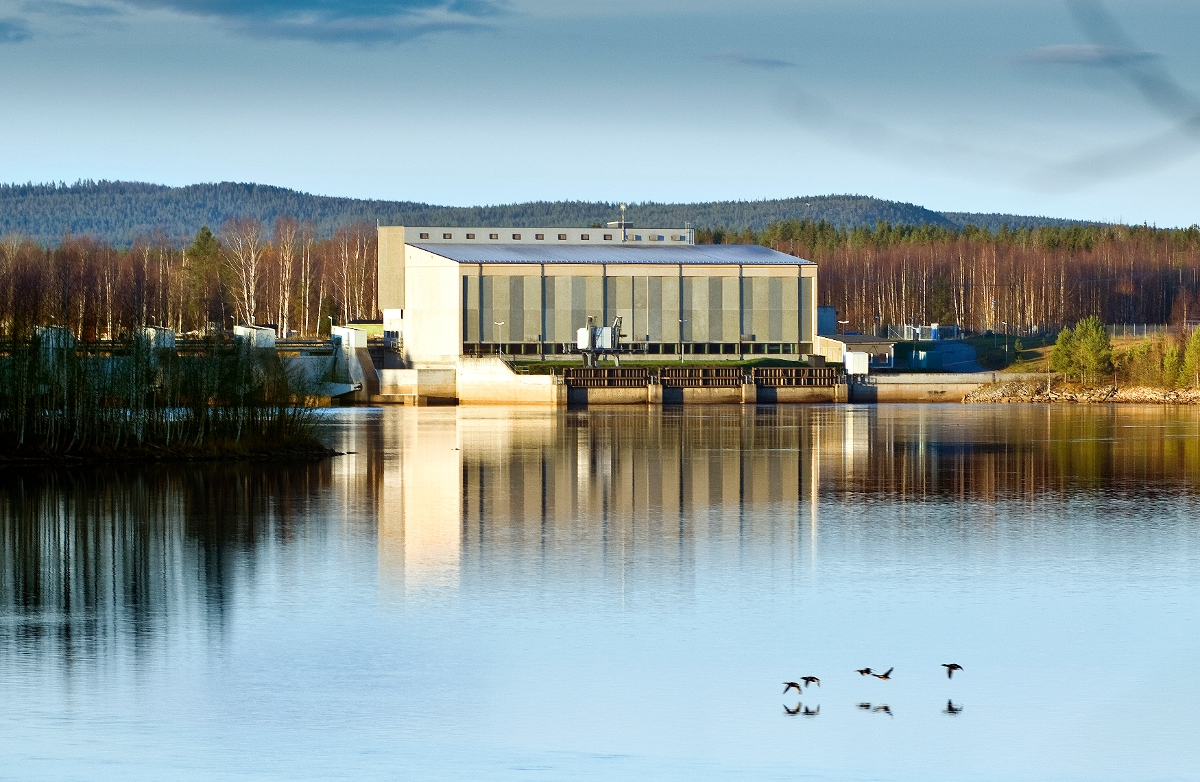Vittjärv
Facts
Water information

Unlike Vattenfall's other hydro facilities, the plant at Vittjärv does not rest on bedrock. At the location where the facility was to be erected, the bedrock was too deep below ground level, making it unpractical to bulldoze all the way down. Instead, the solution was to build a concrete disc that the building could rest on.
Large construction
Although the capacity of the plant is limited, the building boasts a significant volume, towering 45 metres above ground. This is due to the fact that it has to be able to swallow 2,000 m3 of water per second. Being built above ground level, it does not have the traditional design with an excavated vertical tunnel utilising the head (drop) to lead the water to the turbine. Instead, the turbine is placed in a tube in the stream utilising the small head of six metres and the speed of the water stream to generate electricity. The plant is fitted with seven spillways.
The river Lule älv
Around 40% of all energy consumed in Sweden is generated from hydro power. The river Lule älv is the most important river in Sweden for the generation of hydro power.

